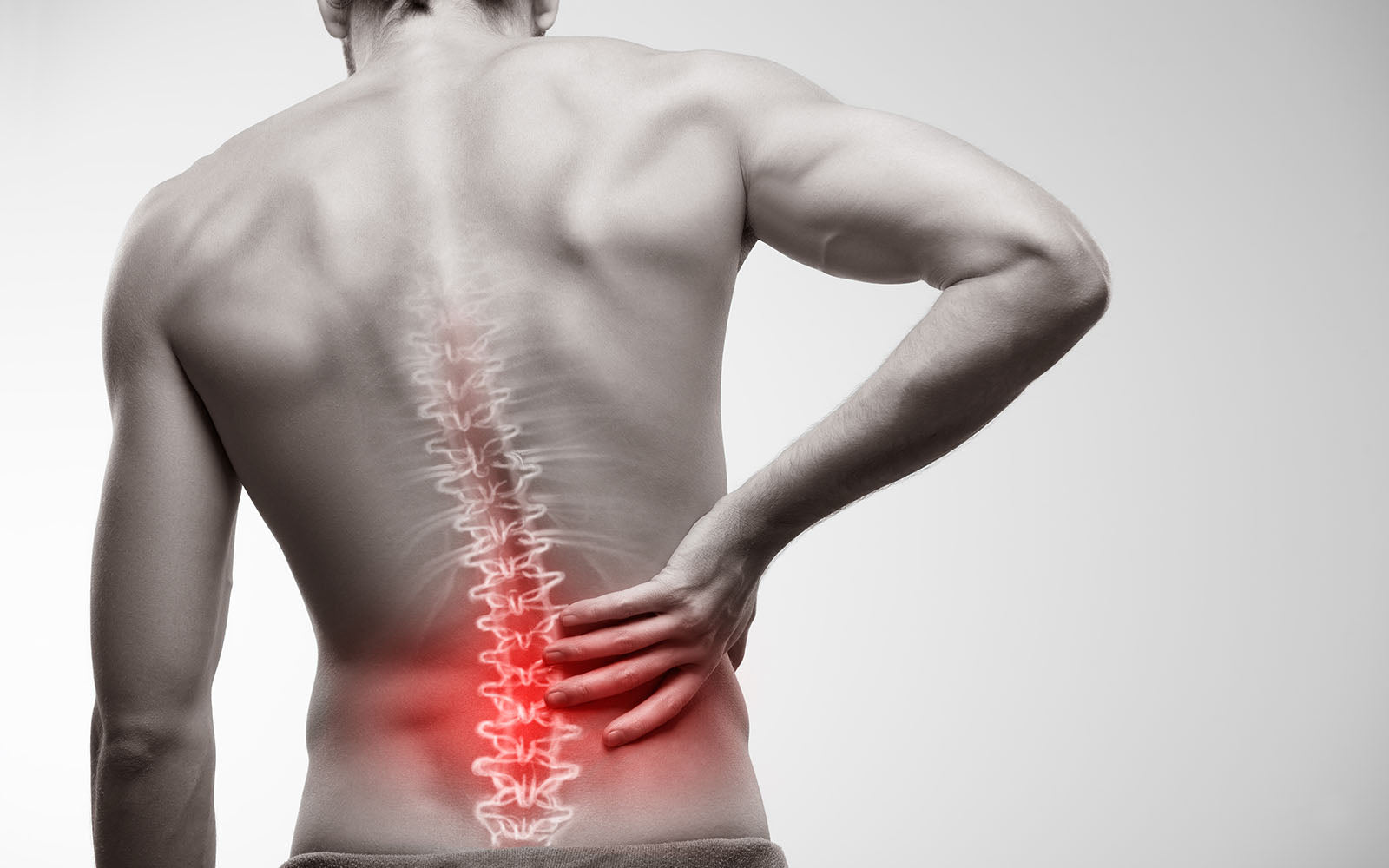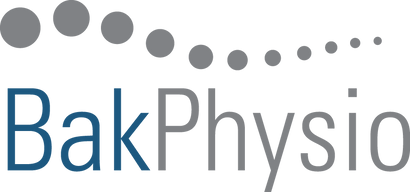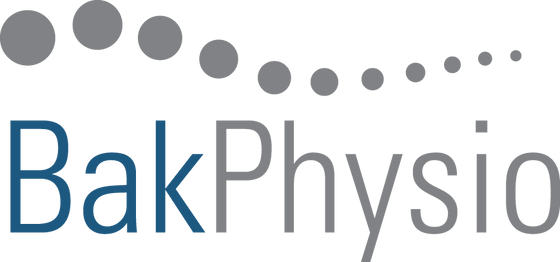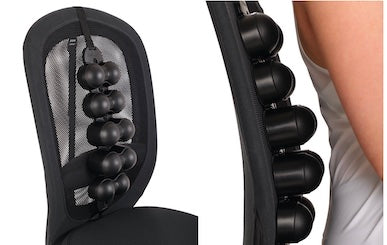What is pain

Pain is a complex sensation and is defined by the International Association for the Study of Pain (IASP) as "an unpleasant sensory and emotional experience associated with actual or potential tissue damage". Pain is actually produced in the brain, but originates from nerve impulses from other areas of our body e.g. from our backs. Pain serves as a protective function alerting us to harm or the potential for harm e.g. hand on a hot stove, but back aches and pains usually aren’t caused by actual tissue damage. It certainly can be in the case of whiplash after car accidents, or when discs prolapse which can cause severe low back pain and referred pain down the leg (sciatica).
Pain does not equal damage
In contrast, aching and pain in our back or neck is usually a signal NOT that something is 'damaged' but that we are ourselves doing something that is bad for our back. For example, sitting for too long in a slouched posture, or repetitively bending or lifting incorrectly. Therefore, just because we feel pain in our back doesn’t mean that there is something structurally wrong. Research studies show that people with significant disc bulges or disc prolapses on X-rays, MRI or CT scans, can be pain free. It is vital to focus on how we cause our own back pain and not on passive scans. For more detailed information, you can purchase Mark Alexander's eBook, Beating back pain: A Sports Physiotherapist's guide to relief.
Vicious Cycle
There is a common progression of factors that lead to worsening back pain:
- sitting for extended periods with poor posture
- leads to muscles weakening due to inactivity
- leads to increased slouching
- leads to aching and pain due to prolonged micro-strain on our backs
- leads to pain which switches off muscles that are designed to protect our backs
- ending in a vicious cycle of further slouching, weaker muscles and more pain.
On and on it can go until people find themselves feeling chronic pain every day without any actual damage to the discs, ligaments or muscles in their backs.
Research shows that changes can then occur in the brain that lower people's pain thresholds and increase their pain sensitivity so that normal movement can be incorrectly perceived to be painful by the brain. This is generally not helpful and can lead to a vicious cycle of rest, immobility, reduced fitness and strength, depression and other psychological conditions. This is how a chronic pain cycle can begin. For more detailed information about pain physiology, read the IASP's pain management publication or visit the IASP website.
Where does pain come from?
Your spine is made up of bones (vertebrae), ligaments, discs, joints, muscles and nerves. All of these structures are innervated with their own nerve supply and therefore have the potential to 'hurt'. More scientifically, all of these structures can produce nociceptive impulses that lead to the brain, so we feel pain in that region of our back and/or referred pain. But the focus for back pain sufferers should not be on what structure is at fault but on what posture or activity is actually causing the pain.
Referred pain
The brain can sometimes get it wrong and pain can be ‘referred’ and erroneously felt in other areas of the body that aren’t actually involved. Sciatica is a common example where pain is felt down the leg associated with low back pain. This can occur when the brain mistakes nerve impulses from the ‘affected’ structure in the back to come from adjacent structures innervated by the same nerve. The whole region supplied by that nerve can then start to hurt (e.g. the lower back and down the leg).
For more information on pain management please refer to the Australian Physiotherapy Association position statement.
To understand more about your pain areas, read our articles on low back pain, mid back pain or neck pain.



